- 1 Why Choose FSC-Certified Bamboo Flooring for Eco-Friendly Homes
- 2 Best Practices for Installing FSC Bamboo Flooring in High-Traffic Areas
- 3 How to Clean and Maintain FSC-Certified Strand Woven Bamboo Floors
- 4 Cost Comparison: FSC Bamboo Flooring vs Traditional Hardwood Options
- 5 Durability Tests for FSC-Certified Bamboo Flooring in Humid Climates
Why Choose FSC-Certified Bamboo Flooring for Eco-Friendly Homes
When it comes to sustainable flooring options, FSC-certified bamboo flooring stands out as one of the most environmentally responsible choices available today. The Forest Stewardship Council (FSC) certification ensures that the bamboo is harvested responsibly, maintaining ecological balance while supporting local communities.
Natural outdoor heavy bamboo wall panels
Environmental Benefits of FSC-Certified Bamboo
Unlike traditional hardwood floors that can take decades to regrow, bamboo reaches maturity in just 3-5 years, making it an incredibly renewable resource. The FSC certification adds another layer of environmental protection by guaranteeing:
- Sustainable harvesting practices that don't degrade forests
- Protection of biodiversity in bamboo forests
- Fair treatment and proper wages for workers
- Respect for indigenous peoples' rights
- Chain-of-custody tracking from forest to consumer
Comparing Bamboo to Other Eco-Friendly Flooring Options
While there are several sustainable flooring choices available, FSC-certified bamboo flooring offers unique advantages:
| Material | Renewability | Durability | Maintenance | Cost |
|---|---|---|---|---|
| FSC-Certified Bamboo | 3-5 year growth cycle | Highly durable | Easy to maintain | Mid-range |
| Cork | 9-12 year harvest cycle | Moderate durability | Requires sealing | Mid-range |
| Reclaimed Wood | Not renewable | Varies widely | High maintenance | Expensive |
Best Practices for Installing FSC Bamboo Flooring in High-Traffic Areas
Proper installation is crucial for ensuring the longevity and performance of your FSC-certified bamboo flooring, especially in areas that receive heavy foot traffic. The installation process differs slightly from traditional hardwood floors.
Subfloor Preparation
Before installing your bamboo flooring, the subfloor must be properly prepared:
- Ensure the subfloor is clean, dry, and level (within 3/16" over 10 feet)
- Check moisture content - concrete subfloors should test below 4.5%
- Install a vapor barrier if needed, especially over concrete
- Allow flooring to acclimate to room conditions for 72 hours
Installation Methods Compared
There are three primary methods for installing bamboo flooring, each with its advantages:
| Method | Difficulty | Cost | Best For | DIY Friendly |
|---|---|---|---|---|
| Nail-Down | Moderate | $$ | Wood subfloors | Yes, with experience |
| Glue-Down | Difficult | $$$ | Concrete subfloors | Not recommended |
| Floating | Easy | $ | All subfloors | Yes |
How to Clean and Maintain FSC-Certified Strand Woven Bamboo Floors
Proper maintenance will keep your FSC-certified bamboo flooring looking beautiful for decades. Strand woven bamboo, in particular, requires specific care due to its unique manufacturing process that makes it harder than traditional bamboo.
Daily and Weekly Cleaning Routine
Establishing a regular cleaning schedule prevents dirt and grit from scratching your floors:
- Sweep or vacuum with a soft brush attachment daily
- Use a slightly damp microfiber mop weekly
- Immediately wipe up spills to prevent moisture damage
- Use pH-neutral bamboo floor cleaner monthly
- Avoid steam mops which can damage the finish
Dealing with Scratches and Damage
Even the most durable FSC-certified strand woven bamboo floors can sustain damage over time. Here's how to address common issues:
| Issue | Solution | Prevention |
|---|---|---|
| Surface Scratches | Use bamboo floor touch-up markers | Felt pads under furniture |
| Deeper Gouges | Wood filler matched to floor color | Avoid dragging heavy objects |
| Water Damage | Sand and refinish affected area | Wipe spills immediately |
Cost Comparison: FSC Bamboo Flooring vs Traditional Hardwood Options
While the initial cost of FSC-certified bamboo flooring might surprise some homeowners, its long-term value becomes apparent when considering durability, maintenance, and environmental impact.
Initial Purchase and Installation Costs
The price range for bamboo flooring varies based on quality and style:
- Basic horizontal bamboo: $3-$5 per square foot
- Vertical bamboo: $4-$6 per square foot
- Strand woven bamboo: $5-$8 per square foot
- Exotic stained or textured bamboo: $7-$10 per square foot
- Professional installation: $2-$4 per square foot additional
Long-Term Value Considerations
When comparing FSC bamboo flooring costs to traditional hardwood, consider these factors:
| Factor | Bamboo Flooring | Traditional Hardwood |
|---|---|---|
| Lifespan | 20-25 years with proper care | 30-100 years depending on wood |
| Refinishing Potential | Can be refinished 2-3 times | Can be refinished 5-7 times |
| Maintenance Costs | Lower - more scratch resistant | Higher - more prone to damage |
| Environmental Impact | Much lower - renewable resource | Higher - slow growing trees |
Durability Tests for FSC-Certified Bamboo Flooring in Humid Climates
One common concern about bamboo flooring is its performance in humid environments. However, modern manufacturing techniques and proper FSC-certified products have significantly improved moisture resistance.
Moisture Resistance Properties
High-quality FSC-certified bamboo flooring undergoes treatments that enhance its stability:
- Carbonized bamboo has better moisture resistance than natural
- Strand woven bamboo is denser and more stable
- Quality finishes create effective moisture barriers
- Proper acclimation prevents most humidity-related issues
- Many products now come with waterproof cores
Comparative Performance in Humid Conditions
How does bamboo compare to other flooring options in high humidity?
| Material | Recommended Humidity Range | Expansion/Contraction Rate | Warping Risk |
|---|---|---|---|
| FSC-Certified Bamboo | 30-50% RH | Moderate | Low with proper installation |
| Solid Hardwood | 35-55% RH | High | High in humidity swings |
| Engineered Wood | 30-60% RH | Low | Very Low |
| Laminate | 20-60% RH | Very Low | None |

 English
English Deutsch
Deutsch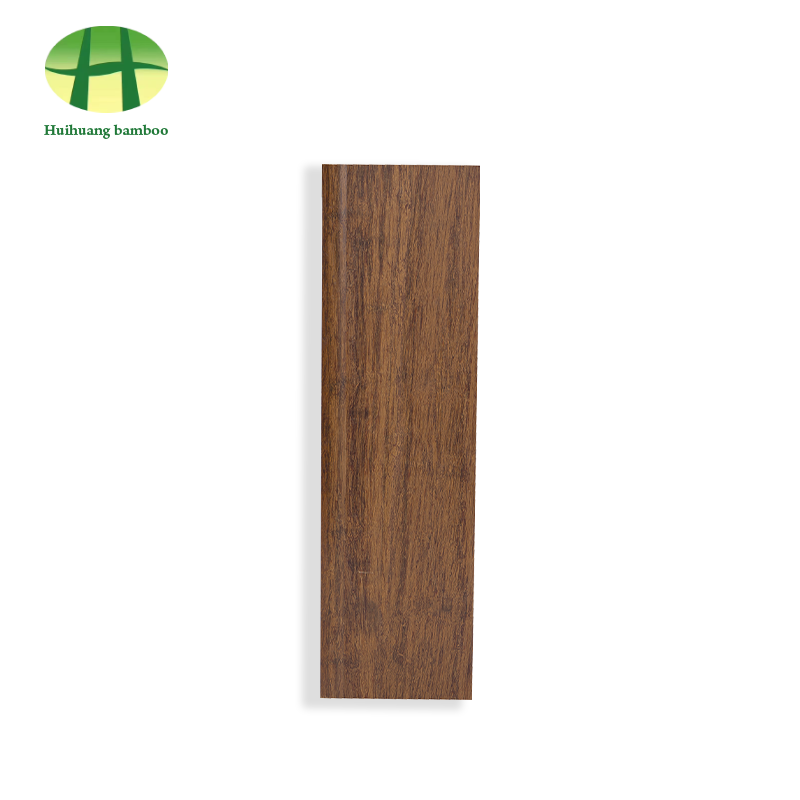
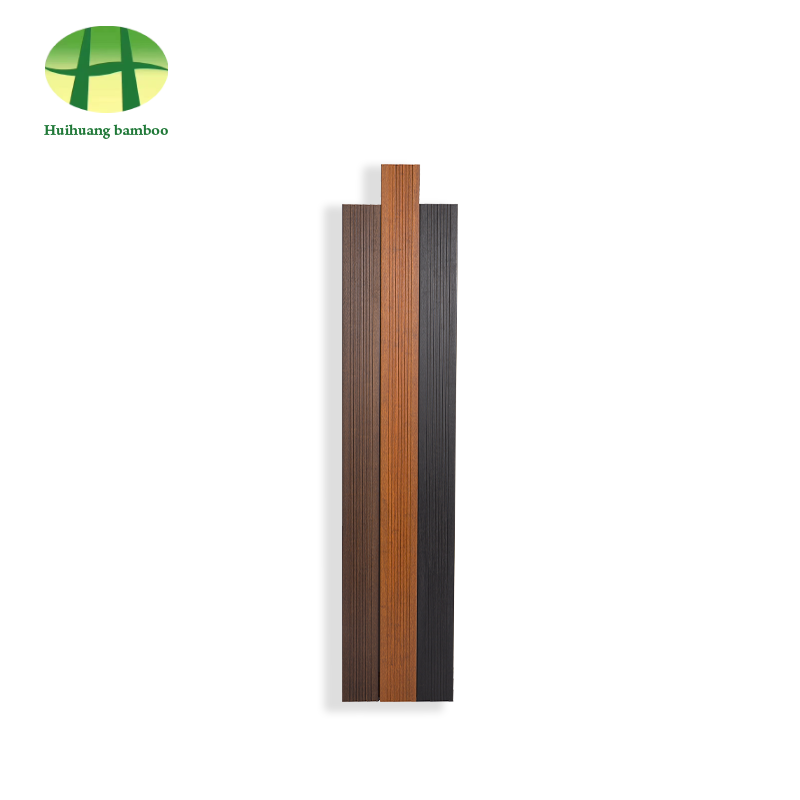
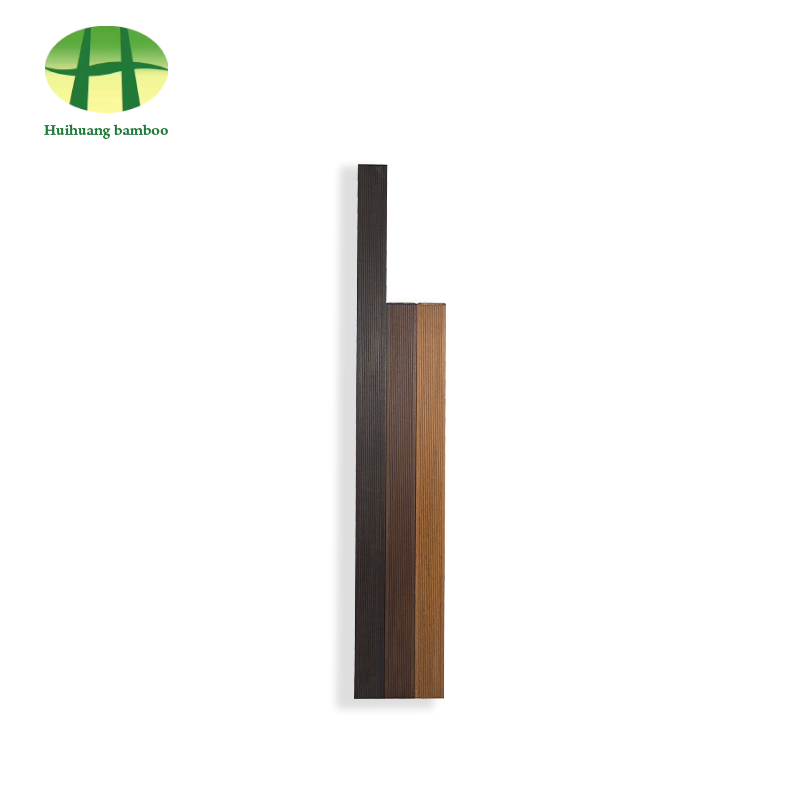

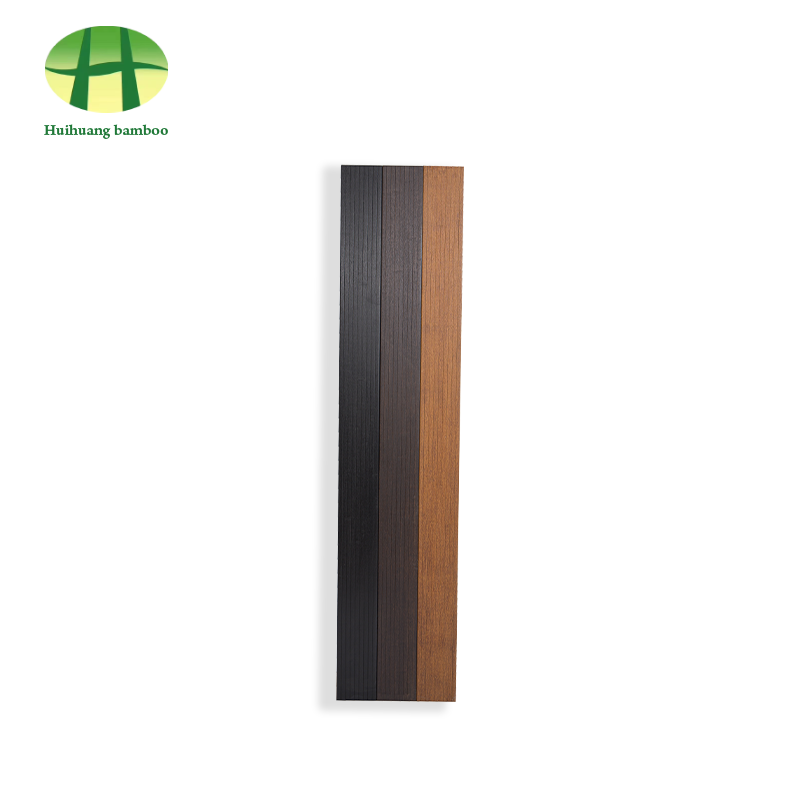
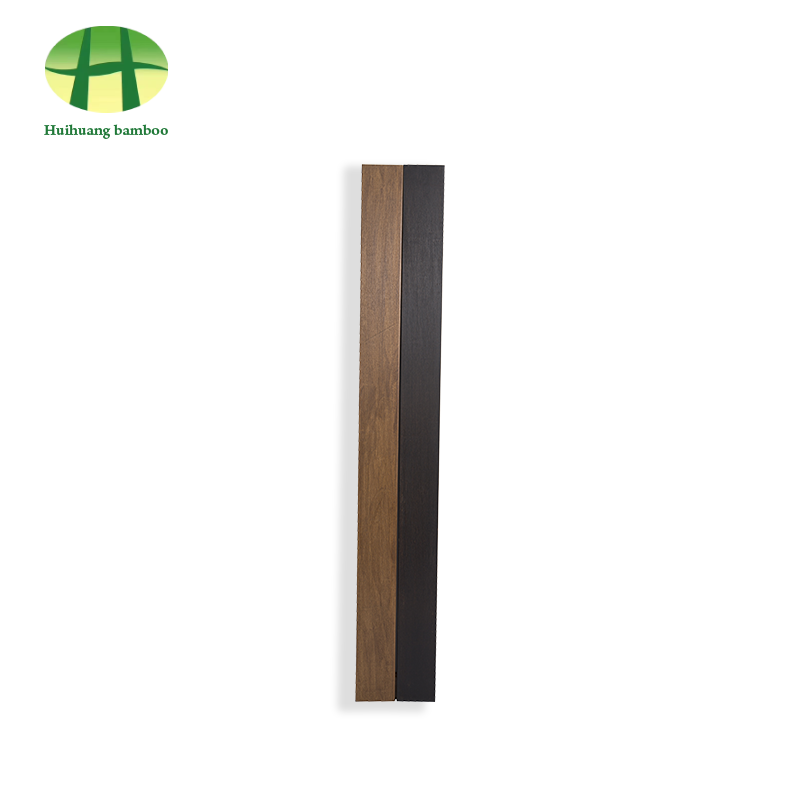
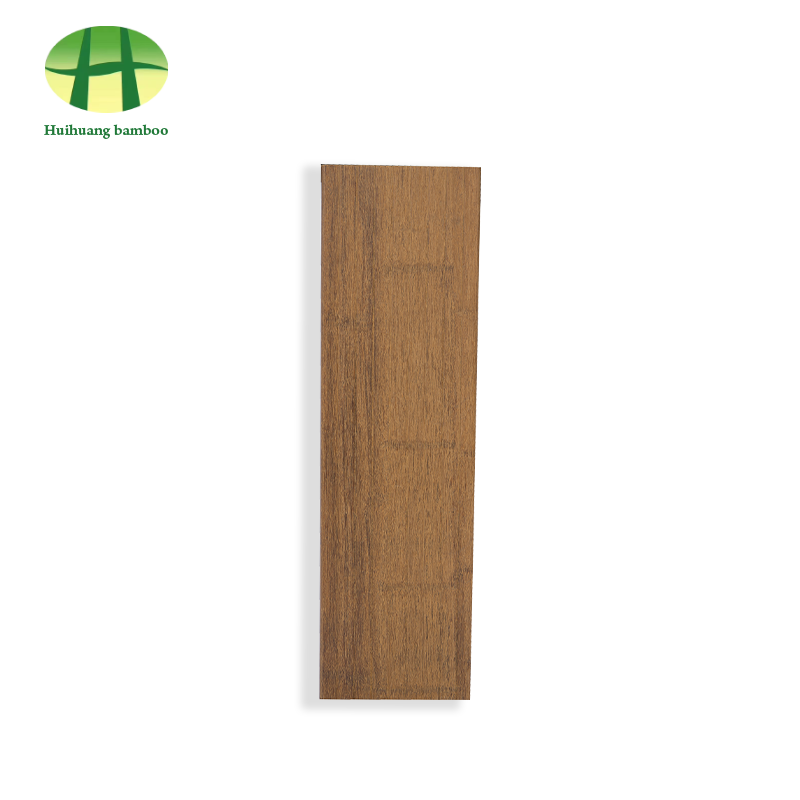

 +86-572-5215066 5216895
+86-572-5215066 5216895 office@hh-bamboo.com
office@hh-bamboo.com East Side of Huanggang RD,Ningdun County, Ningguo ,Xuancheng City,Anhui Province,China.
East Side of Huanggang RD,Ningdun County, Ningguo ,Xuancheng City,Anhui Province,China.